False Dmitry I: an impostor adventurer or the first reformer tsar?
Categories: History
By Pictolic https://pictolic.com/article/false-dmitry-i-an-impostor-adventurer-or-the-first-reformer-tsar.htmlThe one we know today as the impostor tsar False Dmitry I, most likely, will remain a mystery of Russian history forever. We know a lot of bad and good things about this man from contemporaries, but no one can say for sure whether he was a clever rascal or actually the son of Tsar John Vasilyevich. Even modern science is powerless before this mystery, since the grave of this man does not exist – he disappeared in the roar of cannons, as he appeared in Russia, and, apart from records, left no material trace behind him.
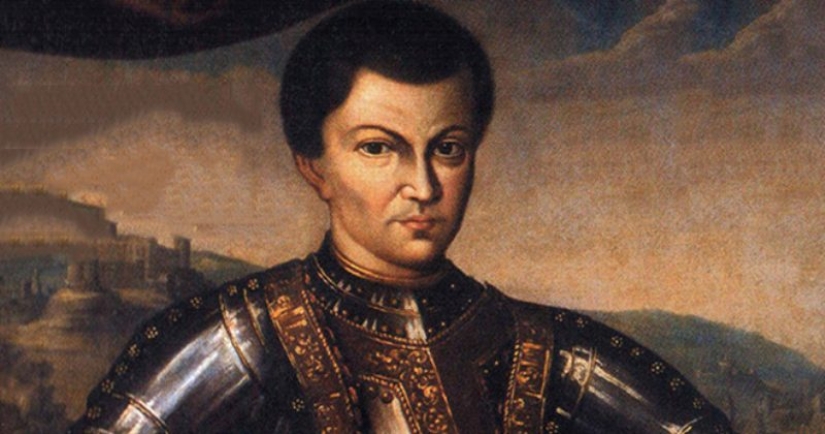
The identity of False Dmitry I is surrounded by numerous riddles. No one could refute the fact that he was the son of Ivan the Terrible, but no one was absolutely sure about it. According to some historical sources, his date of birth completely coincided with the birthday of the tsarevich, and according to others, even the year differed.
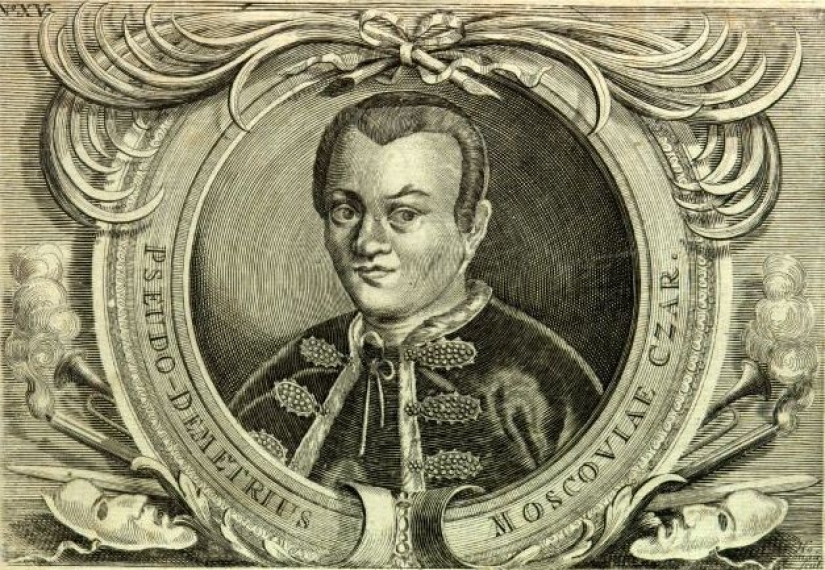
False Dmitry himself claimed that he was born in Moscow, as befits a royal heir, but many claimed that this was a lie and the impostor was born in distant Warsaw. Whatever it was, but this man was the first to officially declare himself the surviving Tsarevich Dmitry Ivanovich, the son of John IV and Maria Feodorovna Naga, his seventh and last wife.
Both the appearance of False Dmitry I and his entire short royal life are inseparably linked with the tragic fate of the tsarevich, who died under mysterious circumstances at the age of 8. The death of the heir occurred in Uglich, in one of the royal residences. The young Grand Duke was playing in the yard "with comrades" Petrusha Kolobov and Vazhen Tuchkov "in a pile", that is, he threw a sharp nail or knife into the ground so that it stuck into it.
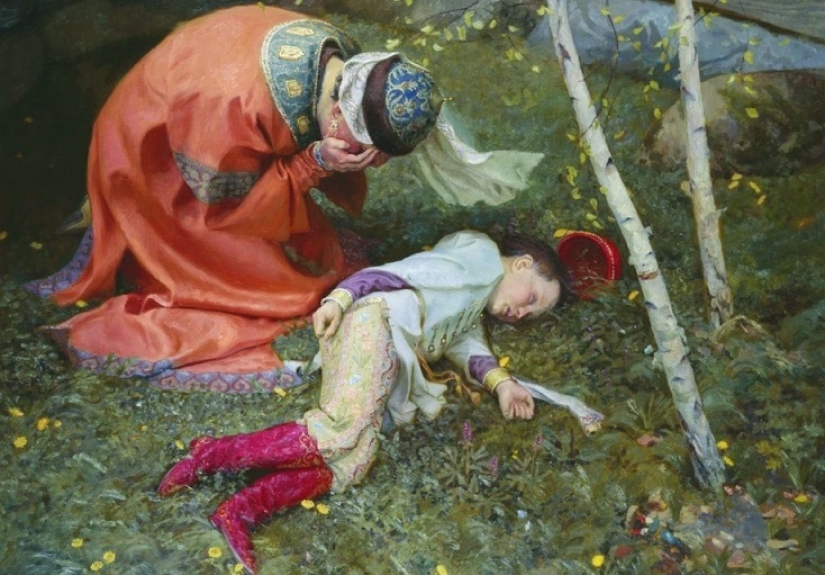
During one of the throws, Dmitry had an attack of "black dumb", that is, epilepsy. The prince, who was struggling in convulsions, bumped his neck on the edge of a knife and immediately died. Nurse Arina Tuchkova, the mother of one of Dmitry's playmates, according to eyewitnesses, was present at the tragedy:
It would seem that everything is simple – a ridiculous accident, but the queen and her relatives were sure that Dmitry had fallen victim to a conspiracy. As was customary in those days, the crowd immediately tore apart several suspects, but then a commission from the capital confirmed that the tsarevich died accidentally and everyone calmed down.
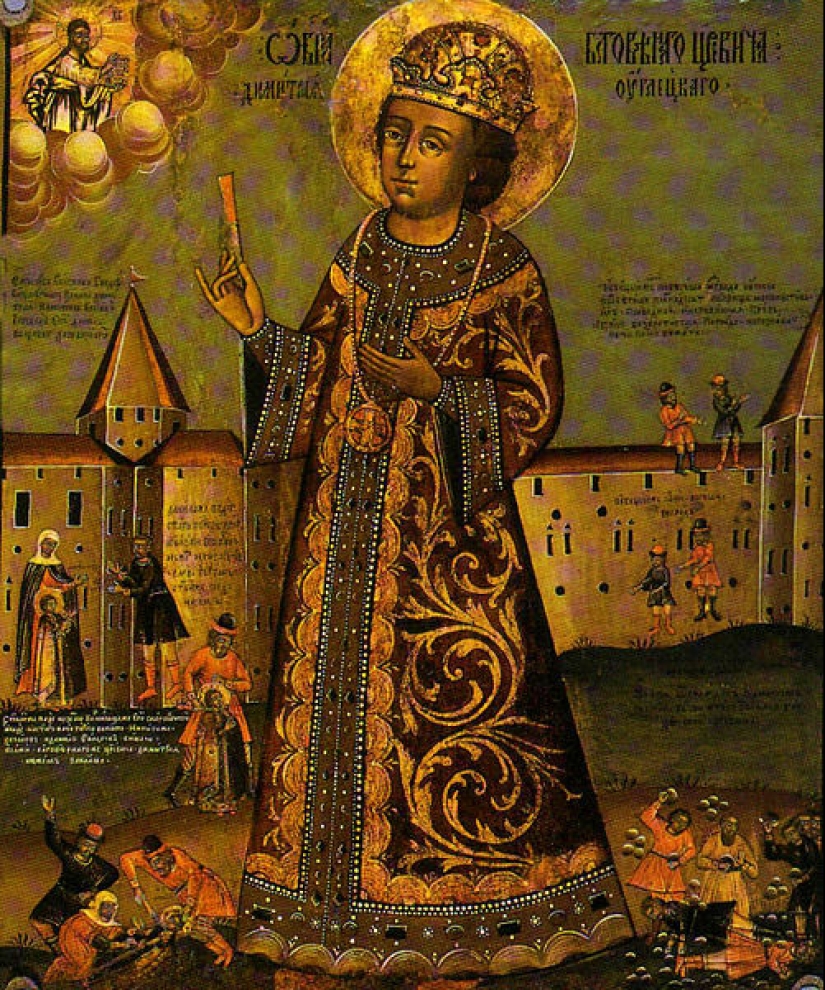
But only for a while – it was painfully tempting to imagine myself as a miraculously saved son of the tsar in order to ascend the throne in a time of Troubles. The legend of the surviving Dmitry was promoted by rumors and gossip, which overgrown this story – the people did not want to believe in the death of the tsarevich in any way.
It sounds strange, but it is possible that the False Dmitry was not an impostor. One of the versions says that the prince was hidden from assassins and secretly taken to Poland. This hypothesis is confirmed by the fact that on the day of Dmitry's death, a boy of the same age, Istomin, disappeared from the Uglich chambers. It is possible that he was killed and buried instead of the heir.
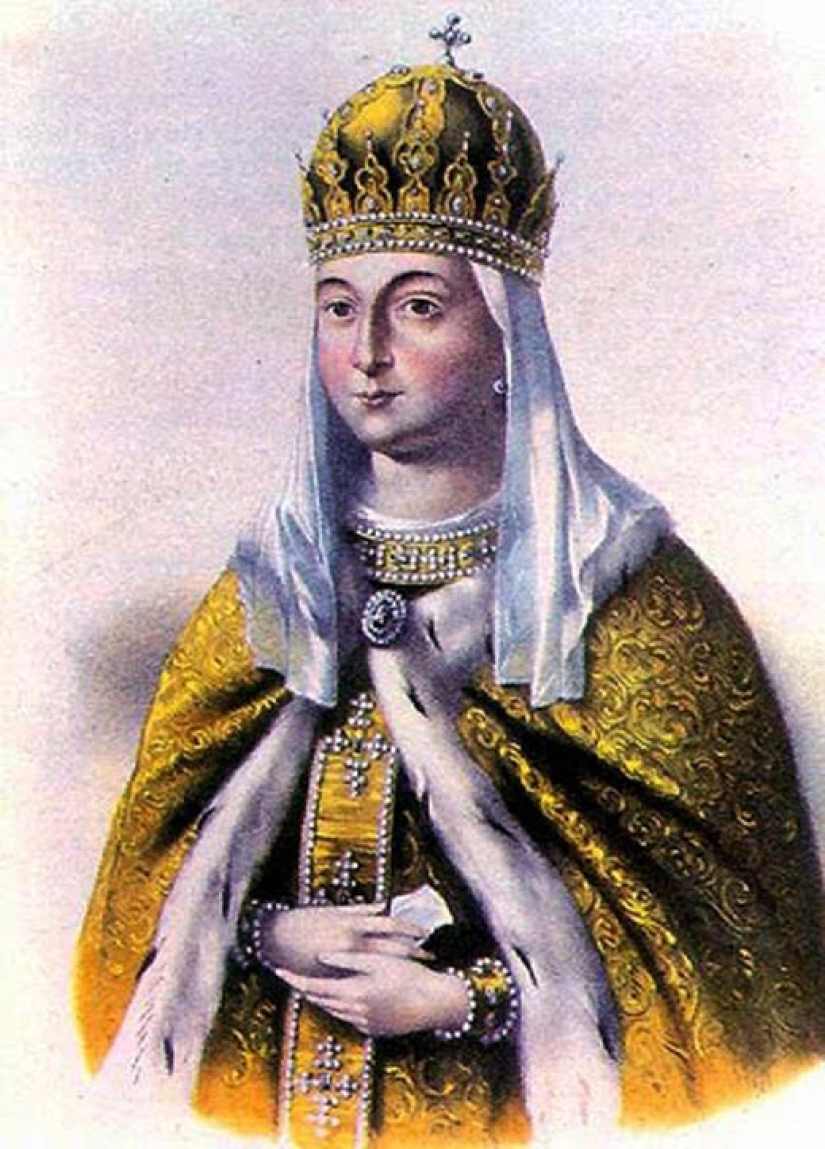
The tsarevich's mother, Martha Naked, never served funeral services for her murdered son in the church, but publicly recognized her son in the False Dmitry. The self-styled tsar himself behaved quite naturally and scientists are sure that he believed in his belonging to the royal family.
Most historians still tend to believe that the fugitive monk Grigory Otrepyev, the son of a small Galician boyar and a slave of the Romanov princes, proclaimed himself False Dmitry I. This hypothesis is supported by the fact that Gregory, who held the position of a monastery clerk, escaped from his monastery at about the same time when the Poles' march on Moscow began.
Before disappearing, the monk began to show an unusual interest in court etiquette and foreign languages, which the brethren had not noticed before. Centuries later, historians compared documents written by the hand of Otrepiev and False Dmitry, and found common characteristic errors, which could also serve as confirmation of this version.

The oath of False Dmitry I to the Polish King Sigismund III. XIX century
It was also possible that the impostor was a person of royal blood - the son of the Polish king Stefan Batory. This was supported by the fact that, as for a man who had spent many years copying books in a cell, False Dmitry was too smart and dexterous. He was an excellent swordsman and shot, rode horseback, danced, was trained in manners, and most importantly, spoke Polish fluently and without an accent.
This is the most controversial version, because it is well known that Stefan Batory was childless. In addition, the impostor did not have the slightest craving for Catholicism and professed Orthodoxy.
In 1604, False Dmitry I with the Polish army came to Moscow. Along the way, many cities voluntarily opened their gates to him, as they sincerely believed that the tsar himself was coming. By the time the pretender to the throne entered the capital, Boris Godunov was no longer alive. His son Fyodor II Godunov was also dead, who lasted only 18 days and was killed by the boyars together with his mother right in the royal chambers.
Immediately after the False Dmitry I was declared king, rumors began to spread that he was an impostor. Even his recent supporters grumbled at him, who did not like that the tsar generously showered Polish and Lithuanian gentry with benefits from the Russian treasury.
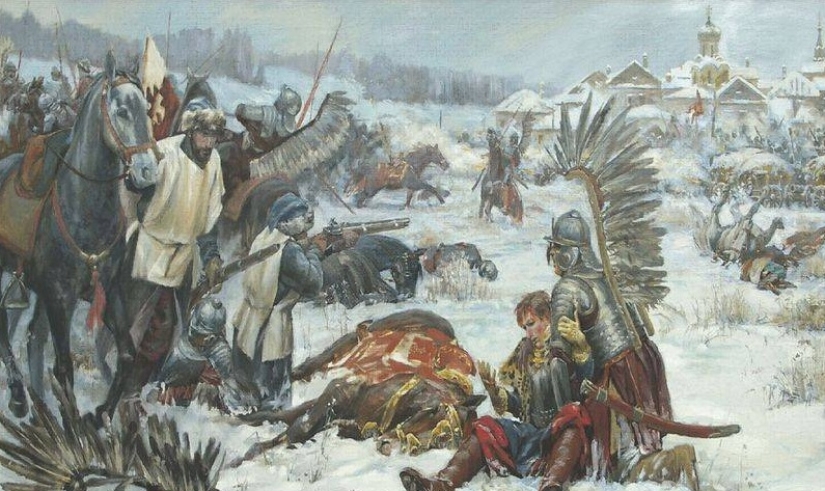
At the same time, we must pay tribute to the autocrat, he did not fulfill his obligations to the Polish king Sigismund III and did not give him several Russian cities, among which Smolensk was the most delicious. False Dmitry did not introduce Catholicism either, which was an indispensable condition for his support from Warsaw. In general, almost everyone was dissatisfied with the new sovereign, so during the 11 months of his reign he experienced several coups and more than 10 attempts.
The people and courtiers remembered False Dmitry I as a generous and merciful sovereign. He pardoned many nobles expelled from Moscow, raised the salaries of the army, and increased their allotments to landowners. He also abolished taxes in the south of the country to support peasants and artisans, and allowed serfs to escape from cruel and ruined landlords.
The sovereign was generous and merciful, but at the same time he could not stand flattery. Because of this, many nobles lost their places at the court, who, according to old habit, were constantly scattered in compliments to the royal person. In the very first days, False Dmitry I showed himself to be a real democrat – he adored going out to the people, abolished pretentiousness and ceremoniousness at court and was very keenly interested in all state affairs.
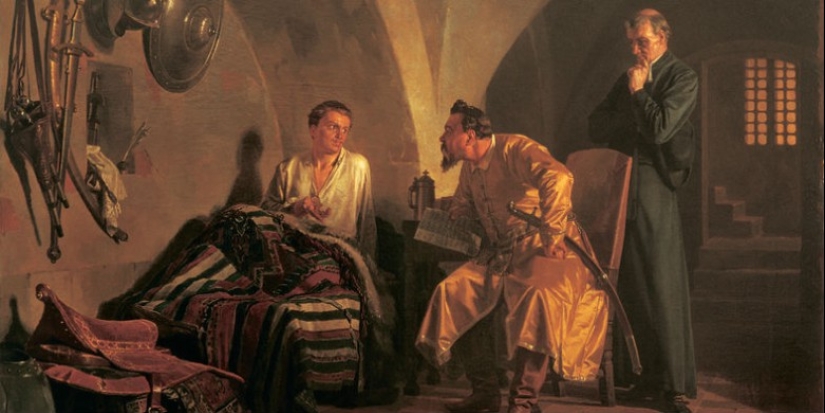
The tsar simplified the procedure for foreigners to enter the country as much as possible, and Russian youths were going to be sent abroad to study sciences and military affairs. Even before joining Moscow, the pretender to the throne had grandiose plans for reforms in the field of education:
From the previous rulers, the False Dmitry was distinguished by his activity and excellent physical shape. He never went to bed after dinner, as was customary in the XVII century among aristocrats, and was also the first of the tsars to refuse a special stool and the help of a stirrup, climbing on a horse. The monarch turned out to be a dashing rider and a great lover of hunting, who was not afraid to directly participate in bear baiting.

From the first days on the throne, the sovereign gave a decree to prepare for a big war with the Crimean Khanate, which was constantly ravaging the southern regions of the country and, apparently, personally planned to lead a military campaign. Reviews of troops and exercises became commonplace and the tsar himself participated in training attacks along with soldiers.
A hundred years before Peter I, the tsar came to workshops and worked on a par with artisans, and when he was accidentally pushed or even knocked down, he joked and never gave vent to anger. On the streets of Moscow, they are used to the fact that the sovereign can at any moment come across with a small retinue and easily strike up a conversation with a philistine or a merchant.
False Dmitry I was married to a Polish noblewoman Marina Mnishek. This person had a penchant for adventurism, therefore, most likely, she did not really care about the status of her spouse and his true rights to the throne. Marina wanted to be a queen and she became one, though only for a week. That's how much after the marriage, fate assigned to the new tsar before his tragic death.
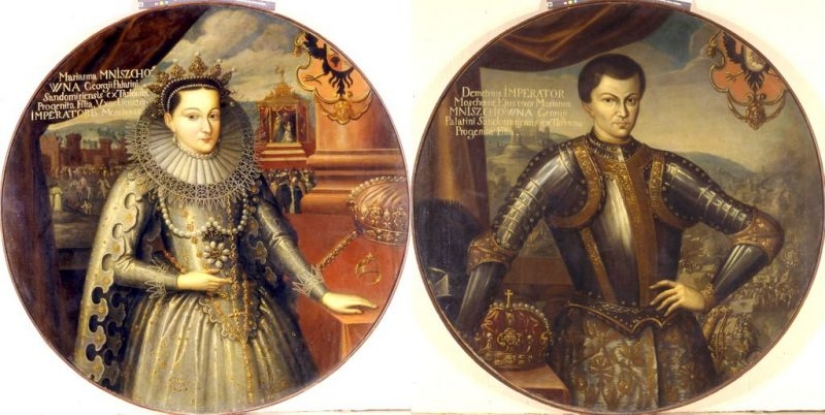
Marina Mnishek remained in the history of Russia as the first woman to be crowned. Next after her, only Catherine II was awarded such an honor. The impostor loved his Marina, as evidenced by the surviving records. It follows from them that the False Dmitry I became inflamed with feelings for the woman at their first meeting and immediately began to insist on marriage.
But there were definitely no feelings on the part of the Imaginary ones. After the death of her husband, she began to live with a man who is commonly called False Dmitry II and tried her best to pass him off as her real husband. The tsar himself, before linking his fate with Mnishek, showed himself to be a real ladies' man – he actively courted boyar daughters and was even noticed in connection with Ksenia, the daughter of Boris Godunov. But after Marina Mnishek's arrival in the capital, the tsar settled down and did not allow himself anything superfluous.
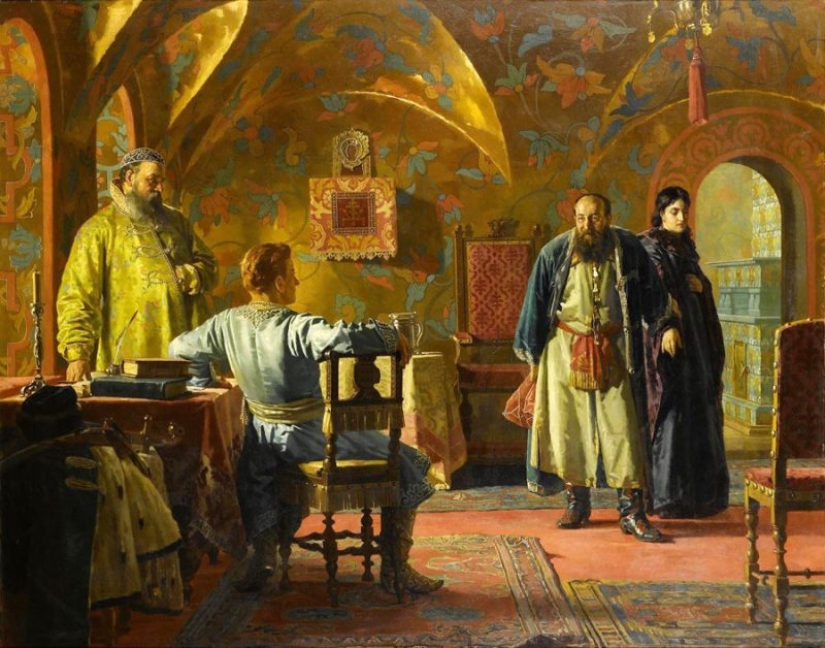
In 1606, immediately after the wedding of False Dmitry and Marina Mnishek, Vasily Shuisky decided to raise an uprising against the Poles in Moscow. A lot of foreign guests arrived at the celebration and they greatly irritated the boyars and the common people. The tsar was immediately informed about the conspirators, but he was so confident in himself that he waved off well-wishers and continued to behave as if nothing had happened.
Meanwhile, Shuisky chose a very cunning tactic – he spread rumors that foreigners who came to Moscow planned to kill the sovereign and put a Pole on the throne. He managed to rouse the townspeople to revolt, and when the crowd, distraught, was eager to destroy and kill the gentry, the cunning boyar urged them not to go against the guests, but immediately on the impostor.
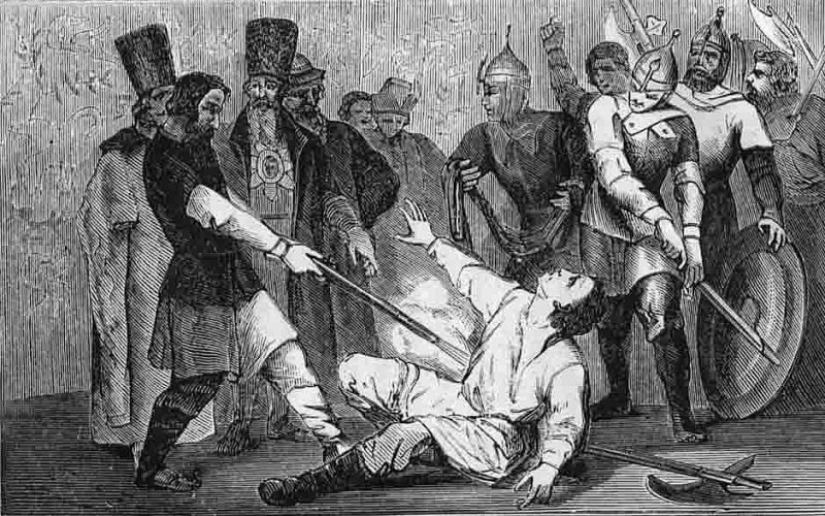
The brutalized people broke into the royal chambers and began to demand False Dmitry, but he, saving himself, tried to escape through the window and fell into the courtyard from 15 meters. Most likely, the fall from the height of the fifth floor was accompanied by injuries incompatible with life, but for some time the man was alive. In the records of contemporaries it was said that he dislocated his leg, broke his ribs and lay unconscious under the windows of the wards.
In order to prevent lynching of the unconscious monarch, Streltsov was assigned to him, and in the meantime a messenger was sent for Marfa Naga, the mother of Tsarevich Dmitry, so that she confirmed that this was her son. But a crowd of conspirators repulsed False Dmitry I from the guards and began to beat him mercilessly, demanding to confess to deception. The tsar, who regained consciousness, insisted that he was the son of John the Terrible and was pierced in his hearts with several swords and a halberd, and then shot through with a musket.
But after his death, the impostor's misadventures did not end – his body was smeared with tar, a disguise was attached to his head and for several days they were carried around Moscow to insulting songs. When the unrest calmed down, the corpse was dragged to the Serpukhov cemetery, where vagrants and criminals were buried and thrown into a common grave there.
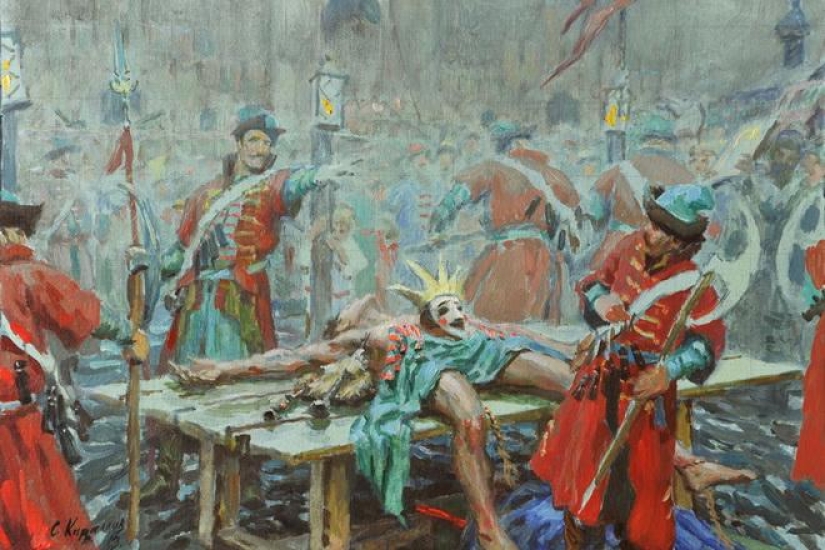
A few days after the funeral, a violent storm hit Moscow, in which a dead Polish impostor and a sorcerer were accused. Then the body of False Dmitry I was dug out of the grave, burned, and his ashes were fired from a cannon towards the Polish border, from where he came to Russia. Some claim that the shot was fired from the famous Tsar Cannon and this was the only case of its use.
Recent articles

Jacques-Henri Lartigue (1894-1986) is perhaps the most famous "amateur" in the history of photography. The art world discovered his ...

It turns out that an active lifestyle is useful not only for the body but for the brain. Exercise strengthens muscles and spirit, ...

Most major companies profanity is not encouraged. It is considered that the profanity — it is a sign of disrespect for ...